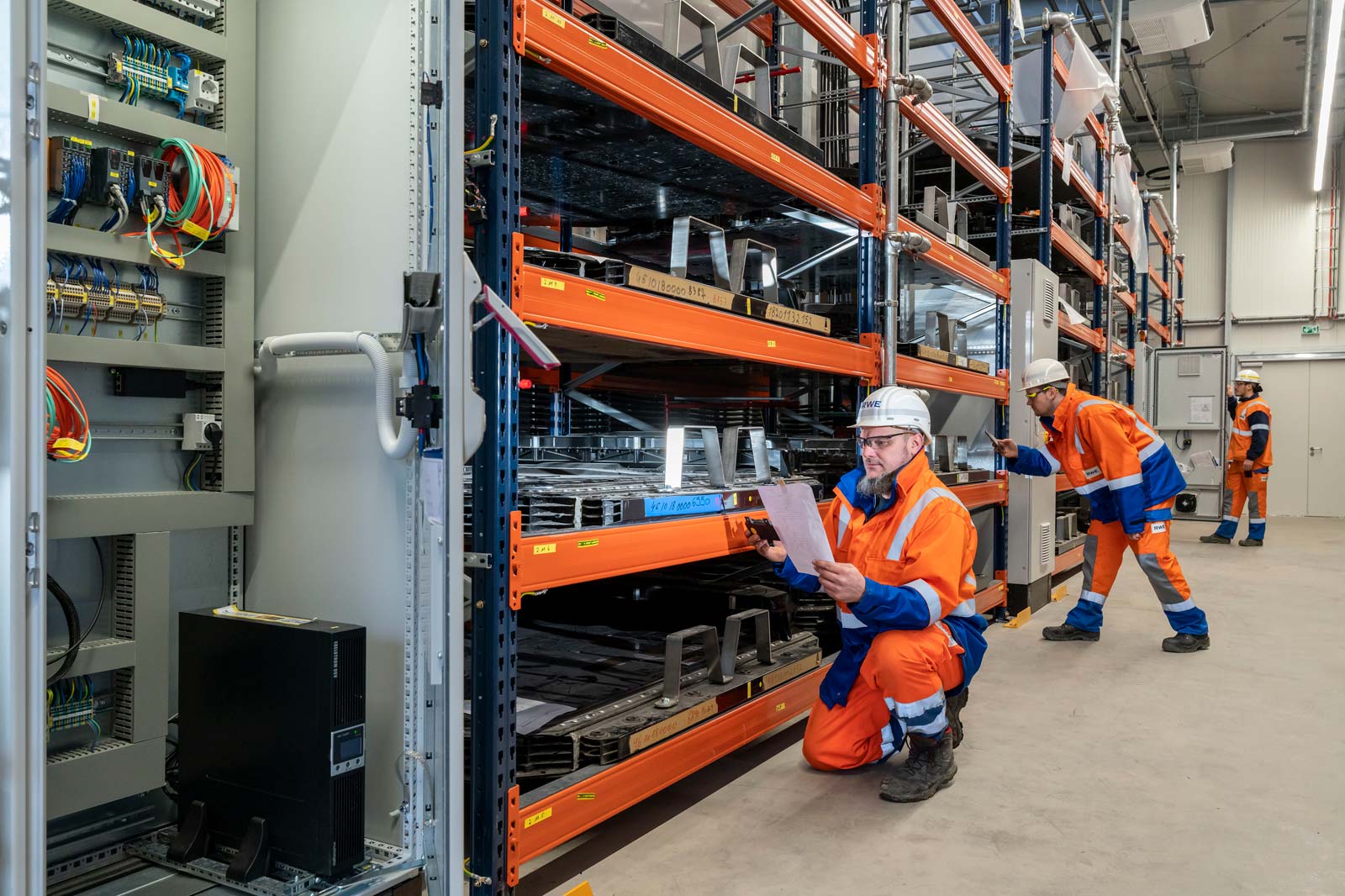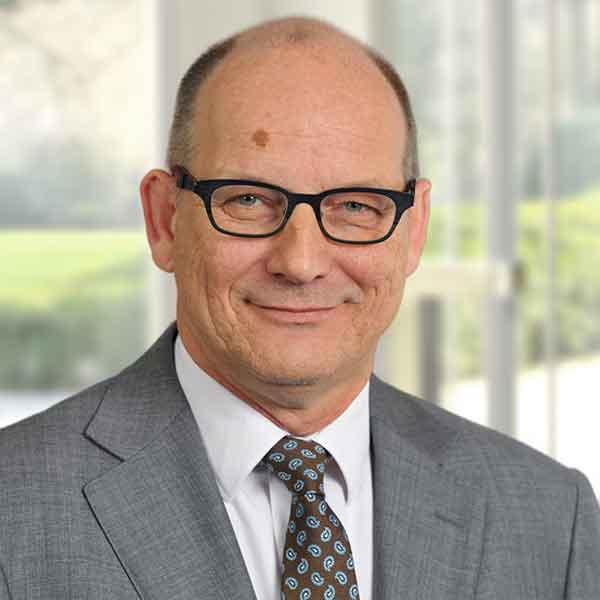Roger Miesen hands over management of RWE Generation to Nikolaus Valerius
28.03.2024


A joint energy transition project between RWE and Audi is breaking new ground: In Herdecke, North Rhine-Westphalia, RWE has put an energy storage system consisting of used lithium-ion batteries from Audi EVs into operation. Using 60 such battery systems, this novel storage technology will be able to provide temporary storage for about 4.5 megawatt hours of electricity at the site of the RWE pumped-storage power plant at the Hengsteysee reservoir.
The decommissioned batteries supplied for the project come from Audi e-tron development vehicles. At the end of their first life in the cars, they still have a residual capacity of more than 80 percent. That means these “second-life batteries” are ideally suited for use in stationary electricity storage systems. Depending on how they are used, the batteries could still have a remaining service life of one to ten years. And they’re much cheaper than new cells. That’s where “second life” comes in: The carbon emissions generated when the batteries were produced are spread sustainably across two service lives – one in the car and one in the storage system.
“Audi has set itself the goal of carbon-neutral mobility,” says Oliver Hoffmann, Member of the Board of Management Technical Development AUDI AG. “We are making every effort to turn this ambitious project into reality. Our ‘electric offensive’, involving more than 20 fully electric models by 2025, is an important step in that direction. But our ambitions extend well beyond the vehicle alone, which is why we are forging ahead with developing sustainable mobility in collaboration with partners from the energy industry. Our joint project with RWE is intended to illustrate the opportunities to save resources by making use of used high-voltage batteries, and through smart integration into the energy network of the future. We are also thinking right now about what happens after this stage of utilisation and are expediting effective battery recycling.”
For the 60 batteries, each weighing about 700 kilograms, RWE has built a 160 m2; hall using lightweight construction methods at its pumped storage power plant location in Herdecke. Work on installing the battery systems inside the building began in October, and the process of commissioning the individual components kicked off in November. RWE expects to begin marketing the storage capacity of its second-life battery storage system from the beginning of 2022, initially to help maintain the frequency in the electricity grid. The plan is then to test other marketing methods on a flexible basis.
RWE intends to draw on the insights gained from the reference storage system in Herdecke to build and operate larger storage systems based on EV batteries in the future. This will involve an innovative system in which pairs of modules are connected in series, thus boosting the operating voltage and reducing costs.
This special combination of security of supply and sustainability has excellent prospects: eMobility is gaining more and more momentum, and as a consequence, large numbers of similar high-voltage batteries will reach the end of their automotive lifecycle in the future. Experts expect the market for second-life batteries in Europe to reach 8 gigawatt hours by 2030, and as much as 76 gigawatt hours by 2035.
The second-life battery storage system in Herdecke is one of ten battery projects RWE is implementing in the US, Germany and Ireland. In parallel, the company is working on innovative projects such as redox flow batteries or battery storage systems with a virtual connection to hydropower stations. By 2030, the company will have increased its battery storage capacity from the current level of 600 megawatts to 3 gigawatts.